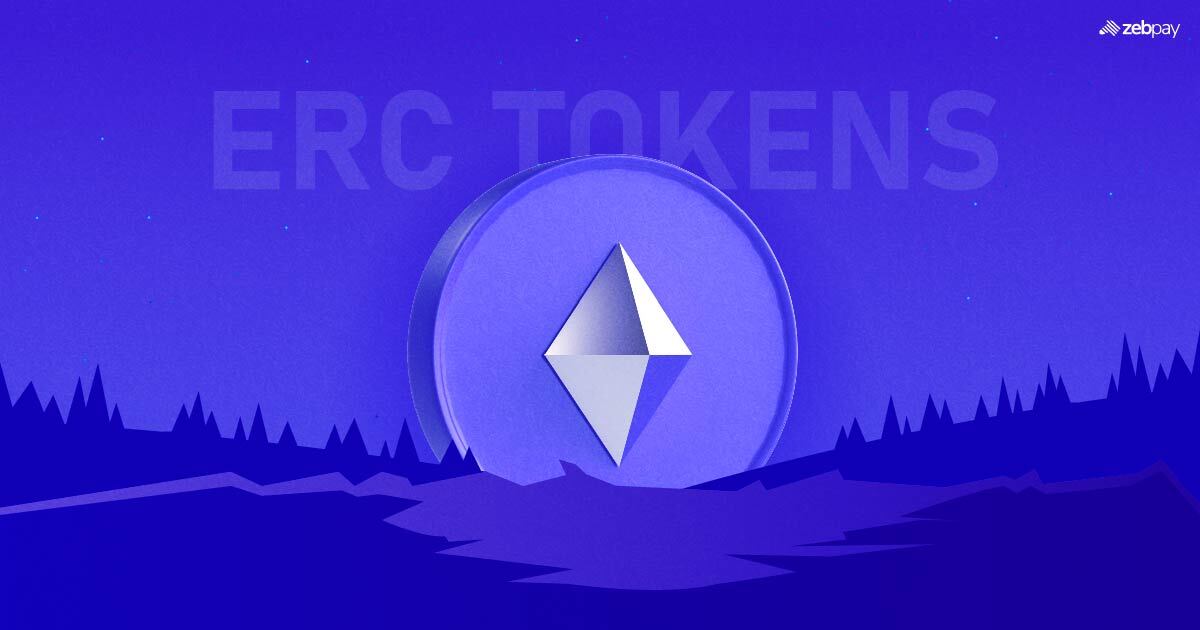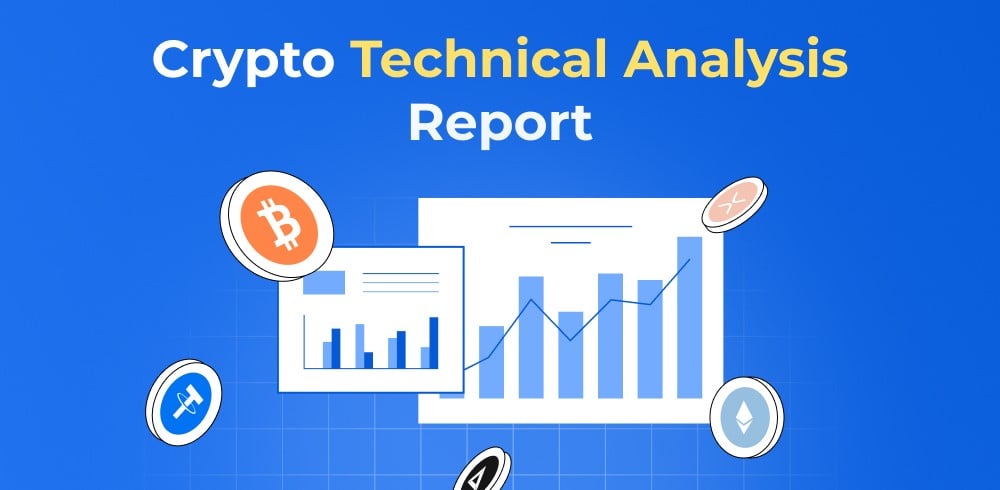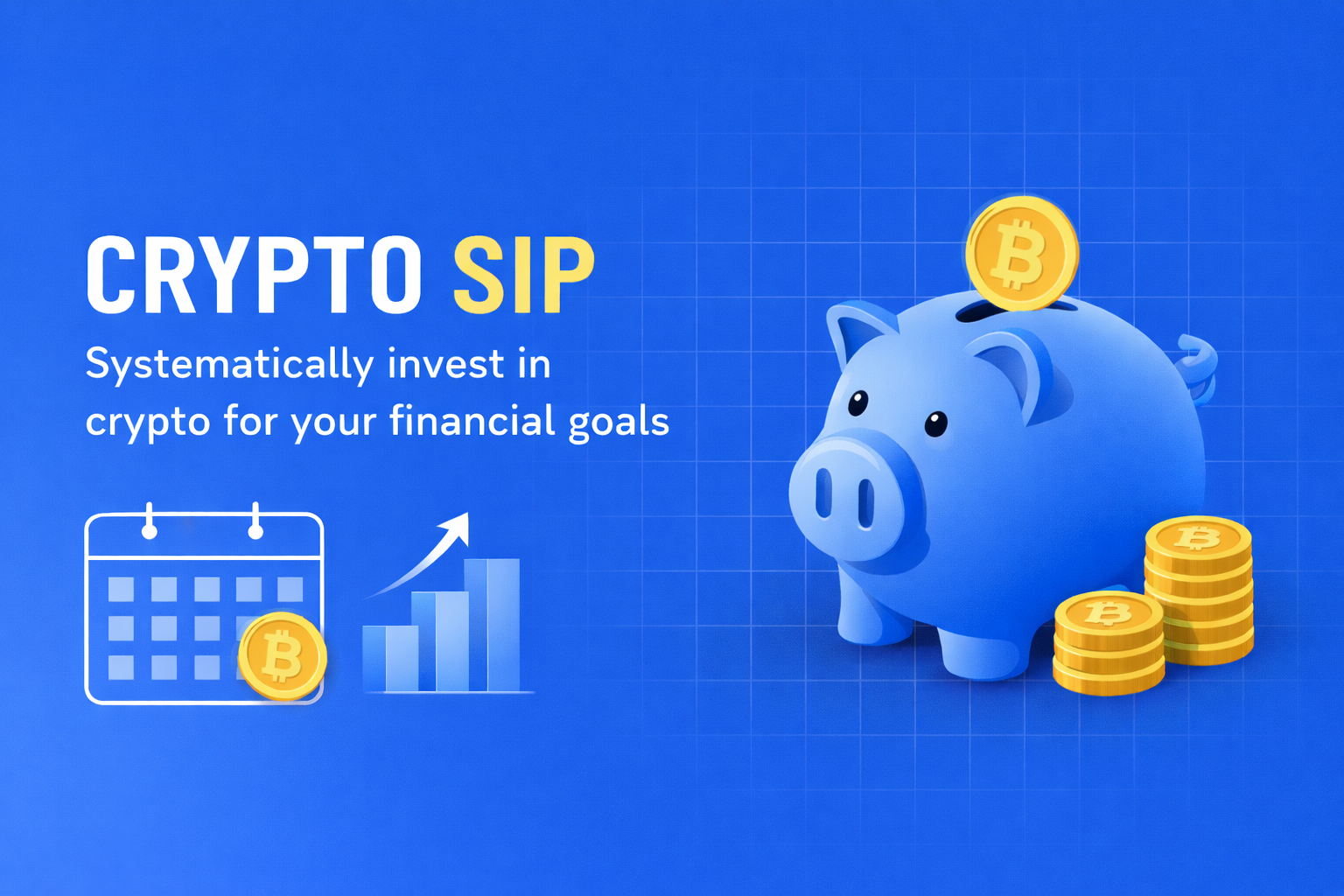In the world of Ethereum, ERC-20 is a vital standard. It stands for “Ethereum Request for Comments 20.” ERC-20 is used to make tokens on the Ethereum blockchain. These tokens are special because they are fungible, meaning each token is the same as the others. They can be used interchangeably.
ERC-20 sets rules that tokens must follow to be compliant. These rules outline key features. For example, balance_of() checks how many tokens an address has. transfer() allows sending tokens between addresses. approve() lets an address okay third-party spending of its tokens. These features are essential for ERC-20 tokens.
Following ERC-20 makes tokens work with many apps, wallets, and exchanges. Developers want their tokens to be widely accepted. ERC-20 compliance helps achieve liquidity and adoption. Many crypto projects use ERC-20 tokens as utilities, stablecoins, or security tokens. Ethereum (ETH), Tether (USDT), and Uniswap (UNI) exemplify ERC-20 tokens. This blog explores the various ERC token standards available.
Understanding ERC Standards
ERC stands for Ethereum Request for Comments. It refers to rules about making tokens on Ethereum’s blockchain. ERCs are like guidelines that developers follow to make sure their tokens work well with the Ethereum network. They outline the steps and standards that tokens should meet. This way, the tokens can work with other tokens and be traded smoothly on Ethereum.
Following these ERC rules is crucial. It guarantees that the new tokens will sync nicely with existing tokens. They’ll also be readily tradable across Ethereum’s ecosystem. So developers carefully follow the ERC standards when creating new tokens. There are different types of ERC standards out there today. ERC-20, ERC-1155, ERC-721, and ERC-1400 are some examples. Each one has its special features and purposes. But they all aim to maintain order and compatibility within Ethereum’s token economy.
ERC-20
ERC-20 serves as Ethereum’s standard for fungible tokens, encompassing various crypto types like utility tokens, security tokens, and stablecoins. It finds broad usage among projects developing utility and governance tokens for dApps operating on the Ethereum blockchain or its sidechains.
Being the most widely adopted Ethereum token standard, ERC-20 outlines six obligatory functions and three discretionary functions that tokens must adhere to for compliance. These primary functions cover aspects such as the total token supply, wallet balances, ownership transfers, token transfers on behalf of users, and authorization for the maximum token withdrawal by a smart contract. Optional functions, such as specifying the token’s name, ticker symbol, and supported decimal places, can enhance the token’s usability.
Examples of ERC-20 tokens include UNI, SAND, and SHIB. This standard empowers developers to craft tailored, fungible tokens with utility functions like staking or representing voting rights, ensuring compatibility with numerous crypto exchanges and wallets.
ERC-721
The ERC-721 is a unique standard created for non-fungible tokens (NFTs). These tokens can not be exchanged one-for-one due to their distinct characteristics. NFTs represent various items like digital art, in-game assets, event tickets, and physical asset ownership records. Unlike ERC-20 (for fungible tokens), ERC-721 is specifically designed for NFTs that can’t be directly interchanged.
ERC-1155
The ERC-1155 token standard focuses on integrating the most beneficial elements from its predecessors to develop token contracts that are independent of fungibility and efficient in terms of gas usage. Put simply, it’s a standard for contracts that manage multiple types of tokens, as explained by Enjin, its developer: “a single smart contract that can govern an infinite number of tokens.”
Enjin’s team created this token standard to tackle the shortcomings of ERC-721, particularly its limited flexibility with batch transfers. To clarify, when sending multiple NFTs using ERC-721, a user must execute numerous transactions. This influx of transactions can congest the network and lead to high transaction fees. ERC-1155 directly tackles this issue by enabling batch transfers, allowing multiple assets to be bundled within a single smart contract. This approach significantly reduces the likelihood of network congestion caused by transfers and lowers transaction costs.
ERC-777
ERC-777 aims to enhance ERC-20’s capabilities by overcoming limitations. It introduces ‘Hooks,’ a feature that combines token transfers with contract notifications into a single message. This integration streamlines the process of sending and receiving tokens for Smart contracts, improving efficiency. It focuses on enabling complex token trading interactions and the ability to decline transactions from blacklisted addresses. Importantly, ERC-777 remains compatible with ERC-20, meaning both standards can interact seamlessly since they share the same core functionality.
ERC-1400
The ERC-1400 token standard marks a big step forward for securities on the blockchain. It offers features like composability, compliance, interoperability, and precise control. These, plus its array of advantages, make ERC-1400 invaluable for token issuers and investors exploring security tokens. As blockchain revolutionizes finance, ERC-1400 is expected to drive innovation, ushering in change. Thus contributing to a more accessible, compliant global securities market.
ERC-223
ERC-223 tokens extend the ERC-20 protocol, created by an Ethereum community member named “Dexaran” on Reddit. They aim to address a bug in ERC-20 tokens. Through smart contracts, they securely transfer tokens to digital wallets. In Ethereum’s ecosystem, ERC-223 is one of several token standards, each offering unique functionality and benefits. While ERC-20 tokens are widely- used and versatile, a design flaw can cause token loss when sent to smart contracts instead of standard crypto wallets. ERC-223 rectifies this by seamlessly transferring tokens to both smart contracts and wallets. Enhancing efficiency and speed over ERC-20. It essentially builds upon ERC-20’s foundation, maintaining original features while improving transaction processes, especially those involving smart contracts.
ERC-621
It’s a token standard proposed for Ethereum. It can do more than ERC-20 and ERC-223. With ERC-621, tokens can be burned or redeemed for other assets. This lets issuers adjust how many tokens are in circulation. It helps manage the token economy and keep prices stable. Tokens that follow ERC-621 can be sent to a burn address. This feature permanently removes them from circulation, reducing the total supply. When supply goes down, the token’s value could go up due to scarcity.
But that’s not all. ERC-621 also allows token holders to redeem their tokens for different assets, like crypto or regular money. This adds flexibility. Holders can exchange tokens for other assets if they want. ERC-621 tokens have many potential uses. For example, they could be used to create stablecoins or loyalty programs. The possibilities are wide-ranging.
ERC-827
ERC-827 is a proposed token standard designed for the Ethereum blockchain, expanding upon the functionalities of ERC-20 and ERC-223 by introducing support for additional transaction data. It was put forward as an enhancement over existing token standards by Jacques Dafflon, Thomas Shababi, and Jordi Baylina in 2018.
One of the benefits of ERC-827 is its ability to facilitate more intricate transactions that involve token transfers along with supplementary data. Unlike ERC-20 and ERC-223, which are limited to token transfers only, ERC-827 incorporates additional data fields that can specify extra information about the transaction, such as a reference number or invoice ID. This enhancement simplifies the integration of tokens into established financial systems and applications.
Furthermore, ERC-827 features an “approveAndCall” function, enabling token holders to authorize a token transfer and trigger a function call within a single transaction. This functionality is valuable for creating sophisticated smart contracts and dApps that require multiple actions in a single transaction.
Conclusion
ERC standards play a big part in the Ethereum ecosystem’s growth. Different blockchains can make their standards with their own rules, but many follow the ERC guidelines. These standards provide rules and details for making and using tokens, smart contracts, and other blockchain apps. Having standards is crucial for smart contracts to use tokens properly and for apps to work together seamlessly. As Ethereum keeps evolving, ERC standards will remain vital in development cycles. They lay the foundation for making apps that are compatible and secure, helping Ethereum’s network stay strong and active for years to come.
If you found this blog to be useful, do share it with other like-minded crypto enthusiasts. Click on the button below to begin your crypto trading journey using ZebPay.






